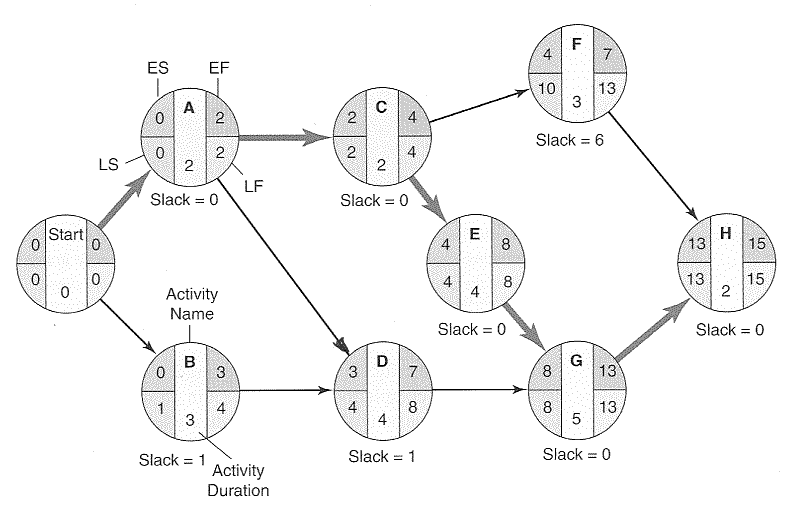 Mgt 3325 -
Home Spring 2010
Email
to Dr. Lyons
PatLyons Home
Mgt 3325 -
Home Spring 2010
Email
to Dr. Lyons
PatLyons Home [ Calendar12:20 | 1:25 | Class Participation AI | App of OM | Table of Contents | Search ]
[ Ch 1 | 2 | 3 | 4 | 5 | 6 | 6S | 7 | 8 | 9 | 10 | 11 | 12 | 13 | 14 | 15 | 16 | 17 | | HW1 | 2 | 3 | 4 | | Career1| 2 | 3 | 4 ]
[ SJU | TCB | CareerCenter | StudentInfo | CareerLinks | Internships ] [NYC Teaching Fellows] [ SJU Closing ] [H1N1SelfAssessment]
